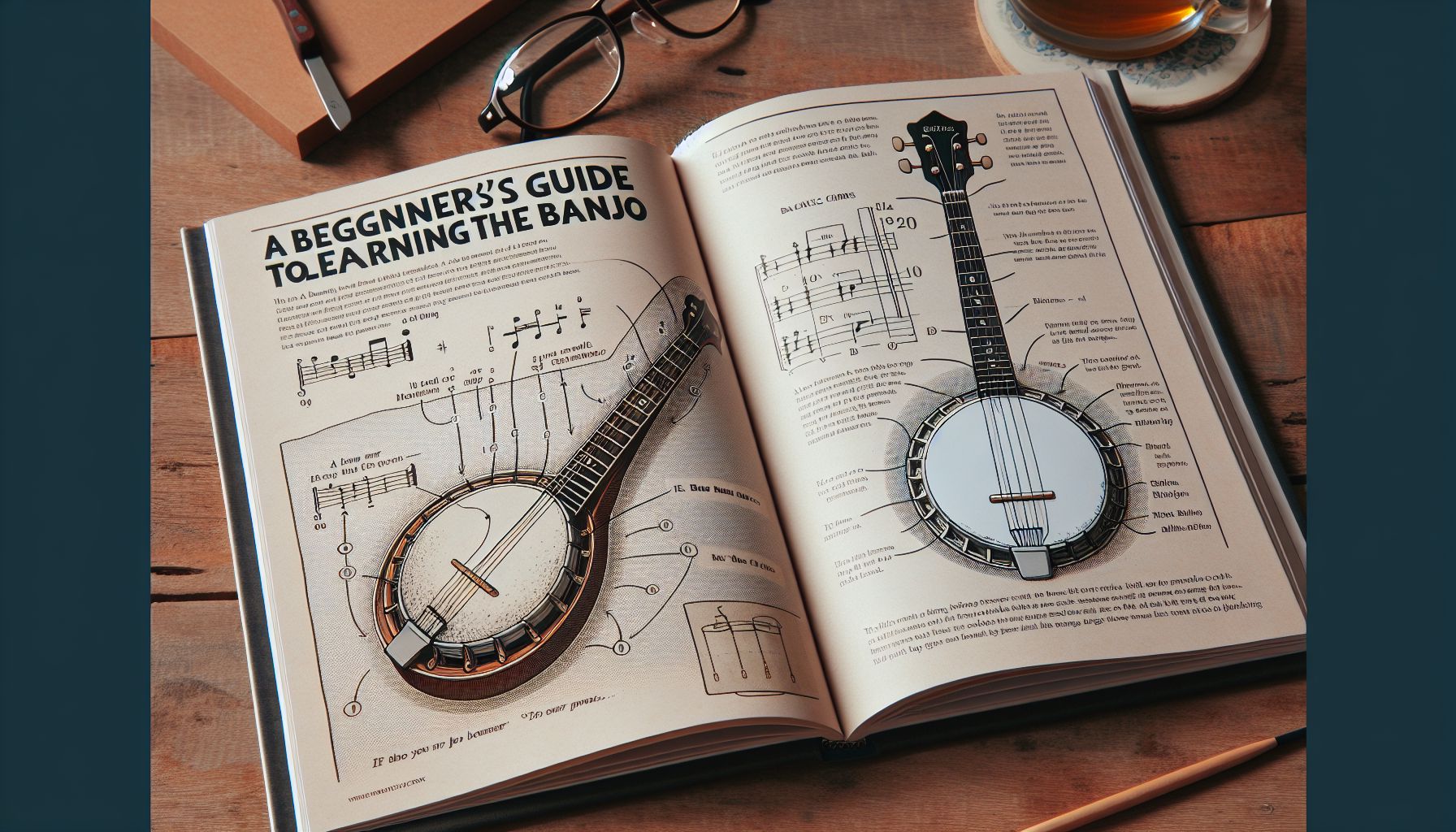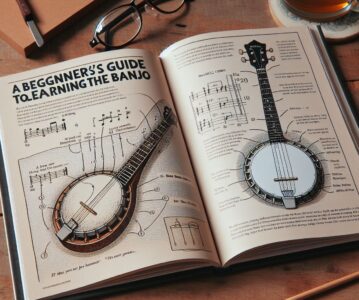Are you a music enthusiast looking to delve into the world of stringed instruments? The banjo, with its distinctive twang and lively sound, might be just the instrument for you! Whether you have a passion for bluegrass, folk, or country music, the banjo has a unique charm that can add depth and excitement to your music. In this beginner’s guide, we will explore the basics of the banjo, its different types, and provide you with some tips on starting your banjo journey.
The Banjo: An Introduction
The banjo is a musical instrument with African origins that became prominent in the United States during the 19th century. Its distinctive sound is created by plucking or strumming the strings, which are stretched across a circular drum-like body. The most common type of banjo is the 5-string banjo, featuring four long strings and one shorter string, called the drone string, which resonates and adds depth to the sound.
Understanding the 5-String Banjo
The 5-string banjo is the most popular type amongst beginners and professionals alike. It consists of a resonator, which helps project the sound, and a fretted neck that allows you to play different notes. The five strings are traditionally tuned to an open G chord, starting from the top string (referred to as the 5th string) and progressing to the bottom string.
The unique structure of the 5-string banjo allows for a wide range of playing styles and techniques. From strumming chords to intricate fingerpicking patterns, the possibilities are endless!
Getting Started: Choosing the Right Banjo
Before diving into banjo playing, it’s crucial to choose the right instrument. As a beginner, there are a few factors to consider when selecting your banjo:
Budget: Banjos can vary significantly in price. If you’re uncertain about your commitment to the instrument, consider starting with an entry-level banjo. As you progress and become more proficient, you can invest in a higher-quality instrument.
Type of Banjo: While the 5-string banjo is the most common, there are other types like the tenor banjo or the banjo ukulele (also known as the banjolele). These offer different playing styles and sounds, so choose one that aligns with your musical preferences.
Brand and Quality: Research reputable banjo brands and read reviews to ensure durability, sound quality, and good playability. It’s worth seeking advice from experienced players or visiting a music store to try out different banjos before making a purchase.
Basic Techniques to Get You Started
Once you have your banjo ready, it’s time to start playing! Here are a few basic techniques to help you get started:
1. Tuning: Ensure your banjo is correctly tuned to the open G chord (G-D-G-B-D). Use a tuner or a tuning app to help you achieve the correct pitch for each string.
2. Picking and Plucking: Experiment with fingerpicking techniques like the thumb roll, forward roll, and backward roll. These techniques involve using your thumb, index, and middle fingers to pluck the strings and create different patterns and rhythms.
3. Chords: Familiarize yourself with common banjo chords like G, C, D, and A. Practice strumming these chords in different orders and with different rhythms to enhance your banjo playing skills.
4. Timing and Rhythm: Practice playing along with a metronome or backing tracks to improve your sense of timing and rhythm. This will help you develop a solid foundation for playing with other musicians in the future.
Learning Resources: Books, Videos, and Teachers
While learning to play the banjo can be a self-guided journey, seeking additional resources can greatly enhance your progress. Here are a few recommended options:
1. Instructional Books: Books like “Banjo for Dummies” by Bill Evans or “Earl Scruggs and the 5-String Banjo” by Earl Scruggs are great starting points for beginners. They provide valuable information on playing techniques, music theory, and even include song tabs.
2. Online Tutorials: Websites like Banjo Hangout, BanjoBenClark, and YouTube channels dedicated to banjo playing, offer a plethora of free tutorials that cover various playing styles and techniques. Explore different tutorials and find those that resonate with your learning style.
3. Local Banjo Teachers: Consider taking banjo lessons from a local music teacher. Having an instructor can provide personalized guidance, instant feedback on your playing, and help you progress faster.
Embracing the Banjo Journey
Learning any instrument takes time, dedication, and consistent practice. Start by setting realistic goals and committing to a regular practice routine. Even 15-30 minutes of focused practice each day can yield significant results over time. Remember, progress comes with patience, and embracing the banjo journey is just as important as reaching your destination.
As you embark on your banjo journey, remember to have fun, experiment, and explore different musical genres. The banjo’s versatility allows for a wide range of possibilities, so don’t be afraid to incorporate your style and personality into your playing. With dedication and a love for the instrument, you’ll soon find yourself strumming and plucking your way to banjo greatness!
Happy banjo playing!


